andyinluton
Super Poster
VIP Member
- Messages
- 7,732
- Vehicle
- T6.1 Ocean 204 4 motion
@soppelsaYou need to come in at the consumer unit, and the easiest way I can think to do this is to find the external sockets cabling and split it to add another entry point with a socket of some sort.
Perhaps you could let us know your experience in this area. I'm not an electrician, but it sounds like you're spit-balling ideas that have no bearing on reality and worse still could seriously damage owners vans, but I'm not a qualified electrician, so if you are feel free to tell me I'm incorrect!
Sounds like you need an electrician to do this safely.
As @dominichayhoe suggests the simplest method would be to splice a cable into the back of the existing 240v electrical inlet & add a further inlet like the one below (£18 on amazon) inside the van, you could then use all your existing hook up cables etc. The supply would be coming into the normal van feed & there's no danger of any live plugs.
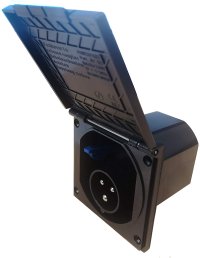



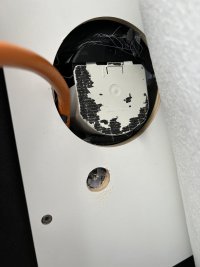
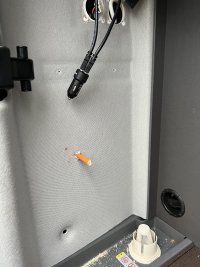
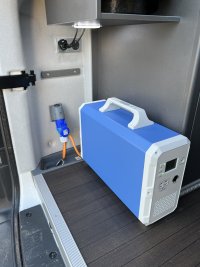
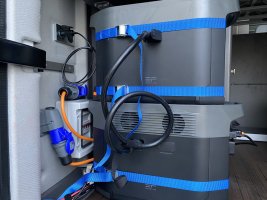


 ️
️ 










